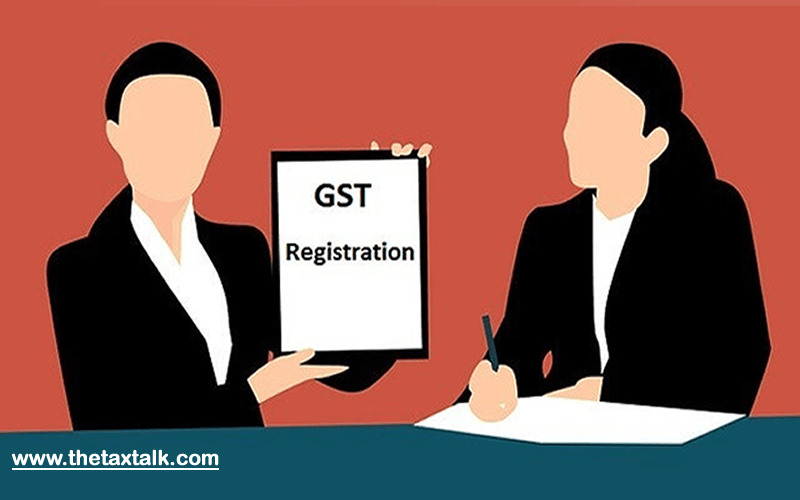![]()
GST REGISTRATION
Introduction and Threshold Limit
Every individual, business or company that provides services or manufactures or sells products, would have to go for GST registration if their financial transactions fall under the taxation slab. As all 17 state and central taxes have been clubbed into one tax form the GST every entity will have to get registered if it wants to collect tax from customers and claim tax credits of the tax paid by them.
Entities having the annual turnover of 20 lakhs and above will have to register under GST. The limit is 10 lakhs in case of businesses operating in north-eastern states.
GST registration can be done in different forms. It can be for a person who does not have a business address as well as for an entity that has operations in different parts of the country.
Types of Entities under GST
Casual Entity
An entity that does not have a fixed place of business and supplies goods or provides services in territories where GST is applicable is known as a casual entity. For example, a person having his place of business in New Delhi but also providing services in Mumbai would be considered as a casual taxable entity.
Composition Dealers
Taxpayers and small businesses having an annual turnover of up to 150 lakhs can register under composition scheme where they will have to maintain very less records. These entities will have to file returns every quarter instead of filing 3 returns every month and 1 annual return. These entities can neither issue taxable invoices to their customers nor claim input tax credits. They will have to pay tax from their own coffers.
Documents required for GST Registration
Different entities may be required to furnish documents for GST Registration which they have to upload on the GST Portal. One can find the list of required documents on the GST Portal itself which basically includes.
- PAN card of the business or applicant.
- Identity or the address proof.
- Photograph.
- Valid bank account number.
- Other details.
GSTIN
- GSTIN is a unique 15-digit alphanumeric code that is allotted to all taxpayers who have undergone the GST registration process.
- The government has ensured that everything under GST is digital so that there is maximum transparency and minimum corruption.
- GST is aimed to eventually reduce tax evasion.
- The first two digits of the GST registration number represent the state code which is given as per the 2011 census.
- Next 10 digits are the PAN number of the entity.
- The thirteenth digit assigned signifies the entity number of the same PAN holder in the state.
- The fourteenth digit would be Z by default.
- The last digit is for check sum digit.
Penalties for GST Registration Failure
- For all those who fail to register under GST will have to pay a penalty of 10% of the tax amount or ₹ 10,000, whichever is more.
- This will be applicable to defaulters not paying tax partially or completely.
- In case of deliberate fraud, the penalty can be as high as 100% of the tax due. Multiple Registrations under GST
- Entities having multiple businesses in a state can register for each business separately.
- PAN would be mandatory in each case.
- In case of non-residents, GST registration can be done on the basis of other documents.


